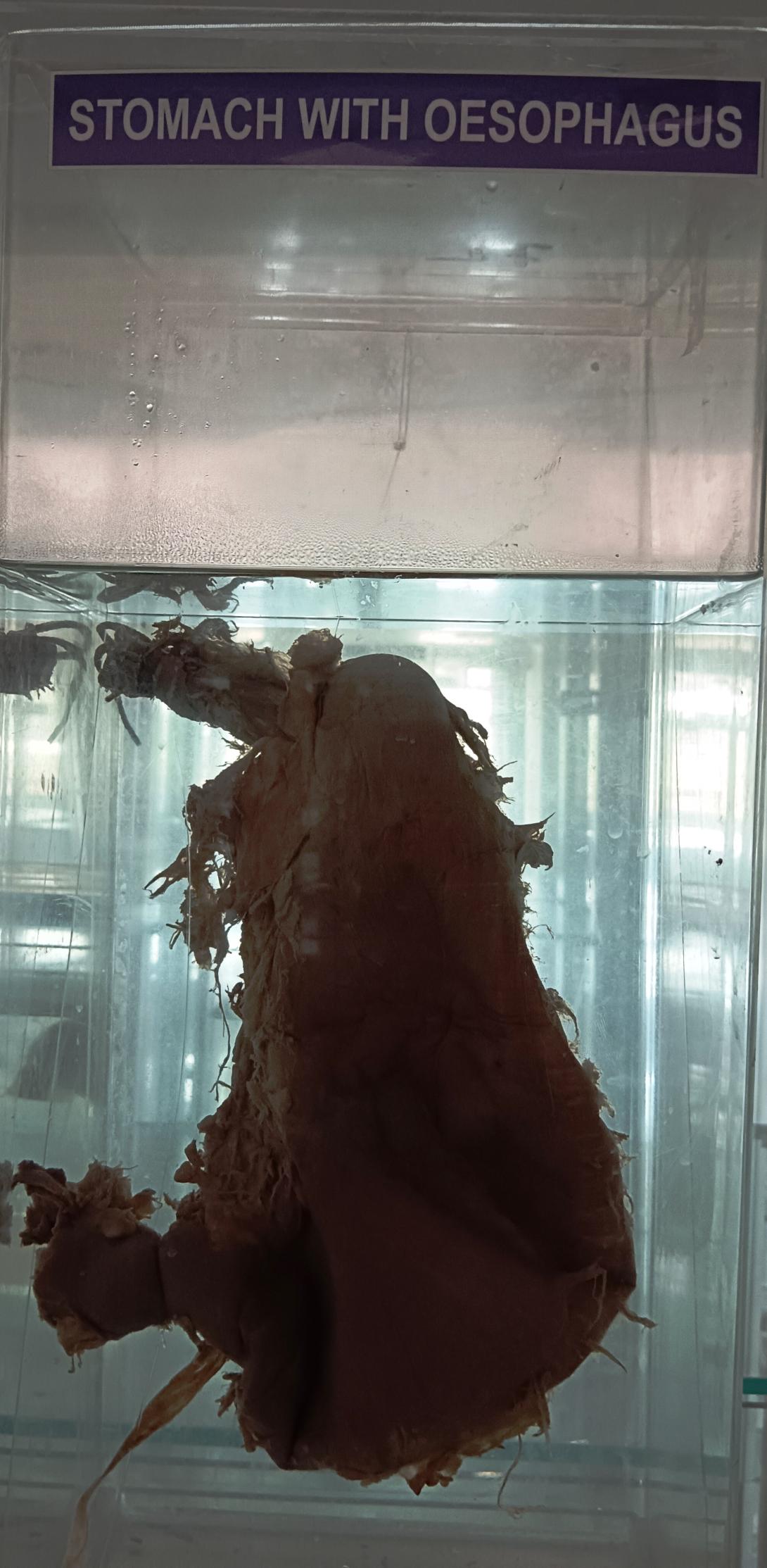The esophagus is a muscular tube that connects the pharynx (throat) to the stomach. It is part of the digestive system and plays an important role in transporting food and liquids from the mouth to the stomach for digestion.
The esophagus is approximately 25 cm long and extends from the lower part of the pharynx, through the thoracic cavity, and into the abdominal cavity, where it connects to the stomach. It is divided into three main parts: the upper esophageal sphincter, the middle esophagus, and the lower esophageal sphincter.
The upper esophageal sphincter is a muscular ring located at the top of the esophagus that regulates the flow of food and liquids from the pharynx into the esophagus. It opens briefly to allow food to pass through and then closes to prevent air from entering the esophagus during breathing.
The middle esophagus is the longest part of the esophagus and is made up of smooth muscle fibers that contract rhythmically to move food and liquids down towards the stomach.
The lower esophageal sphincter is a muscular ring located at the bottom of the esophagus that regulates the flow of food and liquids into the stomach. It opens briefly to allow food to pass through and then closes to prevent stomach acid and contents from refluxing (backflowing) into the esophagus.
The walls of the esophagus are made up of several layers of tissue, including a mucous membrane, submucosa, muscularis externa, and adventitia. The mucous membrane is a thin layer of epithelial cells that lines the inner surface of the esophagus and secretes mucus to protect it from the acidic contents of the stomach.

